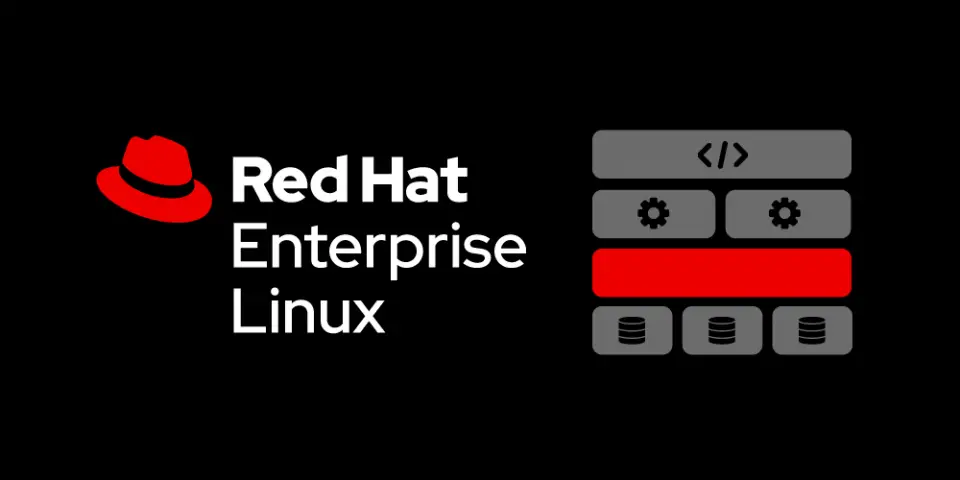Red Hat Satellite is a powerful system management solution that enables you to deploy, configure, and maintain your systems across physical, virtual, and cloud environments. Satellite provides provisioning, remote management and monitoring of multiple Red Hat Enterprise Linux deployments with a single, centralized tool.
In this article we will discover how to install RedHat Satellite on RHEL 8 system.
Prerequisites
Create a VM for Satellite and install RHEL 8 with the configurtion bellow :
- 4 vCPUS
- 20 Go RAM
- 400GB local drive
And of cours a RedHat Satellite subscription.
Registering to Red Hat Subscription Management
first of all you need to register your host to Red Hat Subscription Management. That enables the host to subscribe to content for any subscriptions available to the user ( like Red Hat Enterprise Linux and Red Hat Satellite ).
Register your system with the command bellow :
[root@satellite ~]# subscription-manager register
Enter your username and password when prompted :
[root@satellite ~]# subscription-manager register Username: username Password: The system has been registered with ID: 862084gh5-56lun-1yc1-8ga1-8343145bbz8a
Attaching the Red Hat Satellite Infrastructure Subscription
Now you need to attach an available Satellite subscription. Note that The RedHat Satellite Infrastructure subscription provides access to :
- Red Hat Satellite.
- Red Hat Enterprise Linux.
- Red Hat Software Collections (RHSCL) content
Identify the Pool ID of the Satellite Infrastructure subscription :
[root@satellite ~]# subscription-manager list --all --available --matches 'Red Hat Satellite Infrastructure Subscription'
+-------------------------------------------+
Available Subscriptions
+-------------------------------------------+
Subscription Name: Red Hat Satellite Infrastructure Subscription
Provides: Red Hat Beta
Red Hat Software Collections (for RHEL Server)
Red Hat Enterprise Linux for x86_64
Red Hat CodeReady Linux Builder for x86_64
Red Hat Ansible Engine
Red Hat Enterprise Linux Load Balancer (for RHEL Server)
Red Hat Discovery
Red Hat Satellite 5 Managed DB
Red Hat Satellite Capsule
Red Hat Enterprise Linux Server
Red Hat Software Collections Beta (for RHEL Server)
Red Hat Satellite Proxy
Red Hat Satellite with Embedded Oracle
Red Hat Enterprise Linux High Availability for x86_64
Red Hat Satellite
SKU: MCT3718
Contract:
Pool ID: 3k98a5e5691c6f881189206bfcb57f2c
Provides Management: Yes
Available: 48
Suggested: 1
Service Type: L1-L3
Roles:
Service Level: Premium
Usage:
Add-ons:
Subscription Type: Standard
Starts: 07/04/2023
Ends: 04/27/2024
Entitlement Type: PhysicalYour subscription Pool ID is different from the example provided.
Now Attach the Satellite Infrastructure subscription to the pool id provided :
[root@satellite ~]# subscription-manager attach --pool=3k98a5e5691c6f881189206bfcb57f2c
Successfully attached a subscription for: Red Hat Satellite Infrastructure Subscription
You can verify if the Satellite Infrastructure subscription is attached by running the command bellow :
[root@satellite ~]# subscription-manager list --consumed
Enabling repositories
We need to enable repositories that are required to install Satellite Server :
First of all, disable all repositories :
[root@satellite ~]# subscription-manager repos --disable "*"
Then enable the following repositories :
[root@satellite ~]# subscription-manager repos --enable=rhel-8-server-rpms \ --enable=rhel-8-server-satellite-6.7-rpms \ --enable=rhel-8-server-satellite-maintenance-6-rpms \ --enable=rhel-server-rhscl-8-rpms \ --enable=rhel-7-server-ansible-2.9-rpms
Clear any metadata :
[root@satellite ~]# yum clean all
Verify that the required repositories are enabled :
[root@satellite ~]# yum repolist enabled
Installing Satellite Server
Update your system :
[root@satellite ~]# yum update
Finally you are ready to install satellite, run the command bellow:
[root@satellite ~]# yum install satellite
After that, run the command bellow to initial configuration :
[root@satellite ~]# satellite-installer --scenario satellite \ --foreman-initial-admin-username admin \ --foreman-initial-admin-password redhat \ --foreman-proxy-puppetca true \ --foreman-proxy-tftp true \ --enable-foreman-plugin-discovery




Nslookup : 8 commandes les plus utilisés
Protocole du routage
dd (Disk Dump) : 7 exemples pratiques d’utilisation
pkill : Comment arrêter les process avec leurs nom
Fail2Ban : How to protect Linux services